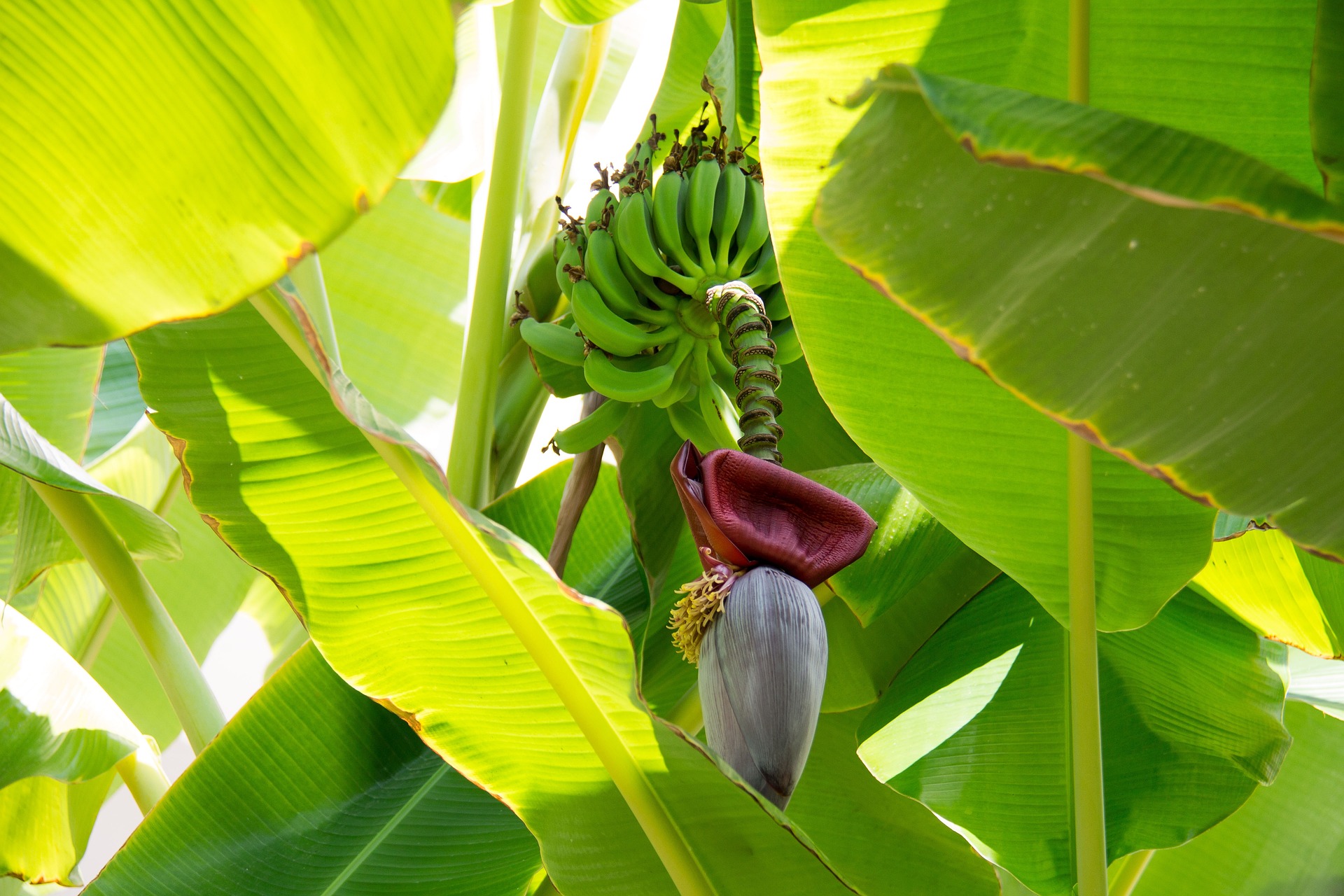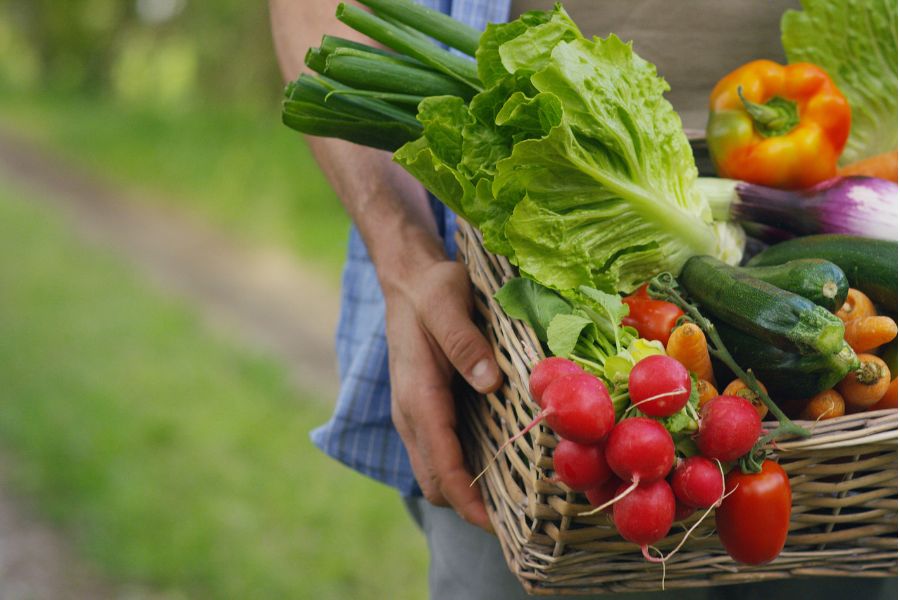“We need to focus on enhancing the yield of coffee”
In his interaction with TPCI, Dr. D.R. Babu Reddy, Deputy Director (Market Research), Coffee Board of India, talks about the challenges faced by Indian coffee exporters, the strategies to bolster the country’s coffee exports and the roadmap for the industry over the next few years & more.

Q. How is the Indian coffee industry placed in the global landscape? What is the aspiration that the industry sets for itself in the coming 5-10 years – vis-a-vis export volume/value growth, brand equity, domestic consumption, etc?
Dr. Babu Reddy: India, in terms of production, used to be at the 6th place in the past. It has now slipped to the 7th position, losing its place to Honduras. India produces around 3.2 lakh metric tonnes of coffee. Arabica accounts for around 30% of the total coffee production in India, while the remaining is Robusta.
We moved to the 5th position in exports a few years ago. However, we have now tumbled to the 6th position. Indian coffee exports comprise of the coffee produced in the country as well as re-exports of imported coffee brought in for value addition to instant coffee and then exported. The latter contributes to about 20-25% of the total coffee exported by India. The duty free import of coffee for value addition and re-exports under the Foreign Trade Policy route has contributed to the emergence of India as a global hub for instant coffee production, with instant coffee exports contributing to 30% of India’s total coffee exports.
In terms of the volume growth of exports, there’s not much scope for substantial increase as there are limitations to our production capacity due to factors like the paucity of land for expansion in our traditional coffee growing states –Karnataka, Kerala & Tamil Nadu. However, we need to focus on enhancing the yield of coffee in order to boost our exports.
At the same time, the coffee growing areas are expanding in non-traditional areas like Andhra Pradesh, Odisha and Northeastern states, where coffee is cultivated by tribes. However, their yields are very low as compared to other regions and cultivation is organic by default. Therefore, the volume increases should be seen in terms of the value addition to coffee. Our focus is mainly on the value earnings, that is premiumisation of Indian coffee, focus on uniqueness of Indian coffee, like shade grown, eco-friendly etc. Our Robustas get high premiums in the international market.
Q. What is the strategic roadmap you have set to achieve these aspirations in collaboration with the industry?
Dr. Reddy: In terms of export-oriented strategy, the Coffee Board is a facilitator. Promoting coffee trade – nationally & internationally – has always been the focus of the Board’s attention. Our approach includes participation in events, conducting BSMs, cupping competitions, Flavours of India, having buyer-seller interactions and advocating the sustainability of Indian coffee – its greatest USP of being shade-grown and sun-dried.
GI tag has been granted to the Monsoon Malabar coffee in 2008. During March’19, we got the GI tag for 5 more regional coffees grown in Wayanad (Robusta coffee) and Bababudangiris, Chikmagalur, Coorg & Araku valley (for Arabica). We have also got state-of-the-art laboratory infrastructure to enhance the quality of coffee under the Trade Infrastructure for Exports Scheme (TIES). We are upgrading our quality lab to suit the international standards. A lot of initiatives have also been taken under the ease of doing business. For instance, initiatives related to easier online documentation process for the exporters have already been taken.
Q3. How is Indian coffee placed as a brand vis-a-vis its foreign counterparts?
Dr. Reddy: Though we’re the 5th/6th largest exporter, our share in the international market is hardly 5% in terms of the total exports when compared with say Brazil (35%), Vietnam (20%) & Columbia (15%); & in terms of the total global production it is hardly 3.5%. As a brand, Indian coffee may not be the first choice for everyone, but it has carved a niche for itself because it is blended for many of the top brands. Indian Robustas are used being by the traditional market players. Our focus is now towards branding of Indian coffee.
Q. What are the major current and potential markets that India is targeting for its coffee? Is India facing any significant tariff/non-tariff barriers in these markets?
Dr. Reddy: Indian coffee goes to more than 100 destinations, of which European Union has more than 55% share. Russia & CIS countries are also top destinations for Indian coffee exporters. For India’s instant coffee, Turkey is also emerging as another popular destination. Apart from these markets, we’re focusing on US, Canada, Japan, South Korea, Australia and New Zealand. Scandinavian countries are more preferred for specialty coffee.
Unlike other commodities, there are no major tariff/non-tariff barriers faced by coffee exporters. One reason for this is that it is being consumed in the developed world, where there’s no significant coffee production. Duties are very low and more or less at zero levels. Wherever small duties are there, they’re being taken off by the bilateral & multi-lateral agreements. But overall, these are not major challenges. SPS/TBT issues are also not major for coffee, as it can be stored and kept for 6 months to one year.
Q. What practical difficulties are being faced by coffee growers in India? How is Coffee Board helping them resolve these issues?
Dr. Reddy: Climate change is a major obstacle for Indian coffee growers and impacting production. There are also labour-related issues related to rising costs and prices being highly volatile and at a relatively lower level. Arabica is not faring that well with concerns on the white stem borer issue, so that’s a challenge. Infrastructural bottlenecks hinder coffee cultivation too.
Coffee Board through its vast Research & Extension network provides technology as well as developmental support for improving production, productivity and quality of coffee in plantations as well as encouraging value addition in the sector.
Q6. What are the challenges to greater market penetration within India and how is Coffee Board addressing the same?
Dr. Reddy: Consumption of coffee is low in India. But the market is growing and there are opportunities to capture the market. It will also help the coffee growers. Coffee has scope for domestic consumption. We have a domestic entrepreneurship development programme. Other initiatives include Cup of Excellence, Barista Championship and a PG diploma for students interested in the coffee industry. There is tremendous demand for these programmes in recent times. Coffee Board has initiated some technology oriented measures including Block chain technology, branding of Indian coffee in both domestic and overseas, digital media campaigns, e-commerce platform, and encouraging Farmer Producer Organizations for collective marketing and bargaining which will further place niche high quality Indian coffees on the global coffee map.

Dr Babu Reddy is Dy Director, Coffee Board of India. He completed his B.Sc (Agri. Marketing & Cooperation) and secured Masters’ degree and Ph.D in Agricultural Economics from the University of Agricultural Sciences, Bengaluru. He joined the Research Department of Coffee Board in December 1999 and is presently heading the Market Research & Intelligence Unit and the Export Section of Coffee Board.













Leave a comment